If your property is not on municipal sewage, then chances are you are treating on site using a septic system. A little knowledge on how your septic works and how to care for it can go a long way to keeping it healthy and keeping your costs down.
Let’s take a brief look at how your septic works. Traditionally comprised of two parts- the tank and the leaching bed, your septic uses a combination of natural filtration and manually pumping to move sewage. From the home/cottage the sewage flows out of your home into the septic tank, where solids sink to the bottom and greasy/oily fluids float to the top. The layer in between is referred to as effluent liquids. Special baffles within the septic tank ensure that the effluent liquids flow into the leaching bed, leaving the solids and oils behind. Eventually the remaining solids will need to be pumped out.
The leaching bed is a series of perforated pipes which run from the tank and disperse the effluent fluids into the surrounding soil where natural filtration occurs.
How do you keep your septic running well?
- The leaching beds will not tolerate the heavy weight of a car, so ensure that this area is marked clearly so that vehicles cannot drive over them.
- Ensure that trees, plants and shrubs do not grow in the leaching bed.
- Don’t overload the system with extra water- so instead of one laundry day, run your laundry over a few days.
- Don’t flush grease, cleaners, harsh chemicals, coffee grounds, baby wipes, diapers, feminine products or condoms.
- Do have the septic system inspected and pumped as needed.
For more information on keeping your septic running well, see Muskoka Water Web’s brochure.
When purchasing your new cottage or home, ask your REALTOR® about booking a septic inspection with your home inspection. He or she will be able to tell if the septic is in good working order and what if any repairs should be done. Your inspector should also be able to tell you how often to have the tank pumped based on your size of family and planned usage.
Ask the previous owners about any trouble or repairs they have had made to the septic system. Find out the exact location, the age and ask for the septic permits. Find out when the septic was last pumped and the name of the company they use to care for the septic system.
Of course, you should consult a professional regarding specific questions you have regarding the upkeep of your septic systems, or visit the Muskoka Water Web’s information page on septic systems in Muskoka.

Ready to look for your Lake of Bays or Muksoka cottage? Contact The Parker Team, we’re here to help.

